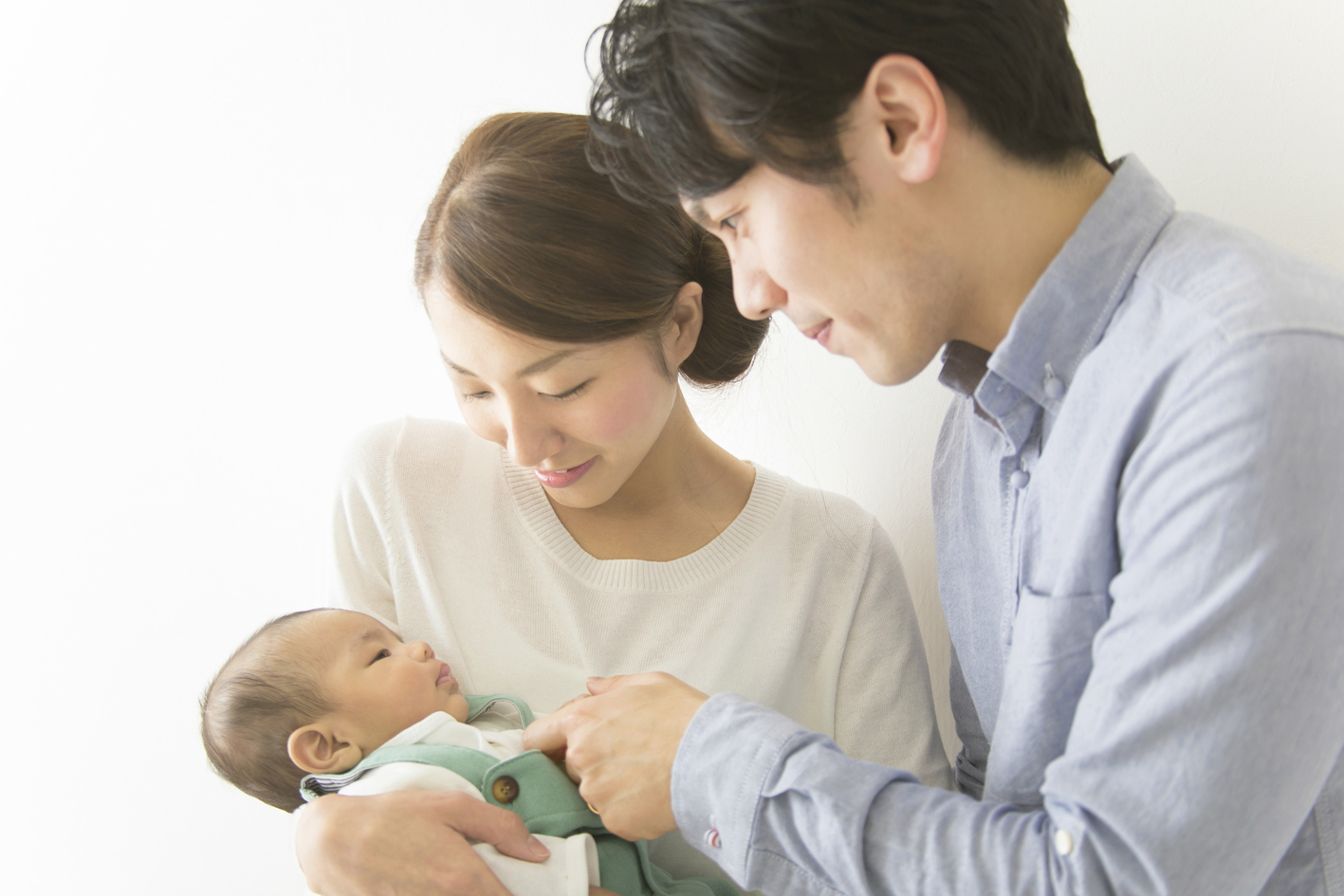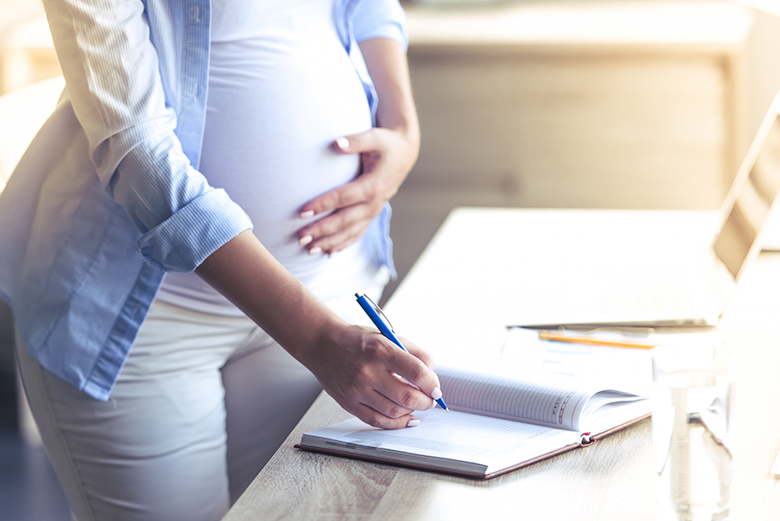Japan Officially Revises Maternity Leave Laws from April 2025 – Key Changes Workers Need to Know
Starting from April 2025, Japan will officially implement significant revisions to its Maternity Leave and Family Care Leave laws.
These changes aim to:
-
Encourage greater participation of men in child-rearing.
-
Reduce the burden on women.
-
Address the country’s declining birth rate.
At the same time, this marks a major step forward in promoting gender equality and building a more family-friendly work environment.
In this article, HSB JAPAN will explain the new updates in detail, outline workers’ benefits, and highlight important notes for applying for leave.
Key Changes in Maternity and Family Care Leave from April 2025
1. Paternity Leave Expansion
-
Men will be allowed to take up to four weeks of leave within eight weeks after their child’s birth.
-
Previously, this system was limited to companies with more than 1,000 employees, but starting from April 2025, it will be expanded to all companies with over 100 employees.
-
During the leave period, workers can receive up to 67% of their basic salary as allowance, making it easier for them to prioritize family care.
-
Studies show that early involvement of fathers significantly benefits the physical and mental development of young children.
-
However, many men are still hesitant to take paternity leave due to concerns about possible disadvantages at work.

2. Expansion of Childcare Leave Scope
-
Workers with young children will have broader access to childcare leave to better balance work and family life.
-
In addition to taking leave when children are sick or injured, parents can now request leave to attend important events such as school entrance ceremonies and sports days.
3. Introduction of New Allowance – “Post-Childbirth Leave Support Benefit” (出生後休業支援給付金)
-
A new financial support system will be launched for families with newborns.
-
Within 180 days after childbirth, the standard allowance will be 67% of the pre-leave salary.
-
However, if both parents take at least 14 days of leave each, the allowance will increase to 80%.
-
This means if both parents fully utilize the leave, the family’s actual income will remain almost the same as before taking maternity leave.
-
This is designed to encourage parents to share childcare responsibilities equally.
4. New Policy to Support “Reduced Working Hours” Employees
-
Workers with small children will be able to apply for a reduced working hours system while still receiving partial financial support.
-
This policy is particularly beneficial for women returning to work after maternity leave, allowing them to care for their children without suffering significant income loss.
-
Companies will also receive financial support from the government to promote flexible working arrangements for their employees.

Why These Changes Are Necessary
Japan is currently facing an alarmingly low birth rate and a shrinking workforce.
-
The country’s fertility rate fell below 1.3 children per woman in 2023, raising concerns about an aging population and future labor shortages.
-
Approximately 70% of Japanese women continue working after the birth of their first child — a 1.7-fold increase compared to 20 years ago — yet 30% of women still leave their jobs due to difficulty balancing work and family responsibilities.
-
In 2022 alone, over 140,000 women resigned due to childbirth and childcare.
Encouraging men to take paternity leave will reduce the pressure on women and create a more equal environment at home.
The Japanese government aims to increase the paternity leave uptake rate from 17.1% in 2022 to 50% by 2025, striving for a more balanced sharing of family responsibilities.
Reactions from Workers and Companies
Workers:
-
Most young couples welcome these changes, particularly the increased financial benefits for those who share childcare responsibilities.
Small and Medium-sized Enterprises (SMEs):
-
Some SMEs express concern about the financial impact when multiple employees take leave at the same time, especially for smaller businesses.
Large Corporations:
-
Major companies like Sony and Toyota already have supportive parental leave policies and highly appreciate the government’s move toward greater family support.
Conclusion
The revisions to Japan’s maternity and family care leave laws from April 2025 open up new opportunities for men to actively participate in childcare, elevate the status of women within families, and contribute to improving the country’s birth rate.
Both businesses and individuals need to prepare well to respond effectively to these changes.
Expanding paternity leave is not just a family support policy—it’s a crucial step toward building a sustainable society where work-life balance is attainable.

👉 HSB JAPAN is ready to advise and support you regarding your maternity leave rights and benefits.
💡 With HSB JAPAN’s support, you can:
• Receive the full 488,000 yen childbirth allowance even after returning to your home country.
• Combine this process with Nenkin withdrawal without losing benefits.
• Receive clear consultation, fast processing, and no hidden fees.
☑️ HSB JAPAN – 15 years of experience supporting thousands of Vietnamese workers in Japan.
Contact us now for guidance!
